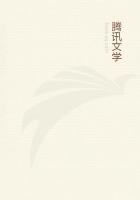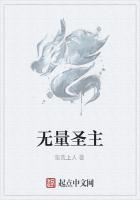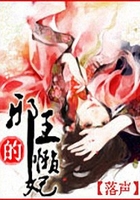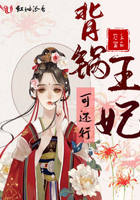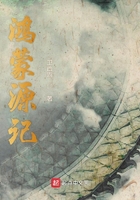AN AMBUSCADE
Early in the year VIII., at the beginning of Vendemiaire, or, to conform to our own calendar, towards the close of September, 1799, a hundred or so of peasants and a large number of citizens, who had left Fougeres in the morning on their way to Mayenne, were going up the little mountain of La Pelerine, half-way between Fougeres and Ernee, a small town where travellers along that road are in the habit of resting.This company, divided into groups that were more or less numerous, presented a collection of such fantastic costumes and a mixture of individuals belonging to so many and diverse localities and professions that it will be well to describe their characteristic differences, in order to give to this history the vivid local coloring to which so much value is attached in these days,--though some critics do assert that it injures the representation of sentiments.
Many of the peasants, in fact the greater number, were barefooted, and wore no other garments than a large goatskin, which covered them from the neck to the knees, and trousers of white and very coarse linen, the ill-woven texture of which betrayed the slovenly industrial habits of the region.The straight locks of their long hair mingling with those of the goatskin hid their faces, which were bent on the ground, so completely that the garment might have been thought their own skin, and they themselves mistaken at first sight for a species of the animal which served them as clothing.But through this tangle of hair their eyes were presently seen to shine like dew-drops in a thicket, and their glances, full of human intelligence, caused fear rather than pleasure to those who met them.Their heads were covered with a dirty head-gear of red flannel, not unlike the Phrygian cap which the Republic had lately adopted as an emblem of liberty.Each man carried over his shoulder a heavy stick of knotted oak, at the end of which hung a linen bag with little in it.Some wore, over the red cap, a coarse felt hat, with a broad brim adorned by a sort of woollen chenille of many colors which was fastened round it.Others were clothed entirely in the coarse linen of which the trousers and wallets of all were made, and showed nothing that was distinctive of the new order of civilization.Their long hair fell upon the collar of a round jacket with square pockets, which reached to the hips only, a garment peculiar to the peasantry of western France.Beneath this jacket, which was worn open, a waistcoat of the same linen with large buttons was visible.Some of the company marched in wooden shoes; others, by way of economy, carried them in their hand.This costume, soiled by long usage, blackened with sweat and dust, and less original than that of the other men, had the historic merit of serving as a transition between the goatskins and the brilliant, almost sumptuous, dress of a few individuals dispersed here and there among the groups, where they shone like flowers.In fact, the blue linen trousers of these last, and their red or yellow waistcoats, adorned with two parallel rows of brass buttons and not unlike breast-plates, stood out as vividly among the white linen and shaggy skins of their companions as the corn-flowers and poppies in a wheat-field.Some of them wore wooden shoes, which the peasants of Brittany make for themselves; but the greater number had heavy hobnailed boots, and coats of coarse cloth cut in the fashion of the old regime, the shape of which the peasants have religiously retained even to the present day.The collars of their shirts were held together by buttons in the shape of hearts or anchors.The wallets of these men seemed to be better than those of their companions, and several of them added to their marching outfit a flask, probably full of brandy, slung round their necks by a bit of twine.A few burgesses were to be seen in the midst of these semi-savages, as if to show the extremes of civilization in this region.
Wearing round hats, or flapping brims or caps, high-topped boots, or shoes and gaiters, they exhibited as many and as remarkable differences in their costume as the peasants themselves.About a dozen of them wore the republican jacket known by the name of "la carmagnole." Others, well-to-do mechanics, no doubt, were clothed from head to foot in one color.Those who had most pretension to their dress wore swallow-tail coats or surtouts of blue or green cloth, more or less defaced.These last, evidently characters, marched in boots of various kinds, swinging heavy canes with the air and manner of those who take heart under misfortune.A few heads carefully powdered, and some queues tolerably well braided showed the sort of care which a beginning of education or prosperity inspires.A casual spectator observing these men, all surprised to find themselves in one another's company, would have thought them the inhabitants of a village driven out by a conflagration.But the period and the region in which they were gave an altogether different interest to this body of men.Any one initiated into the secrets of the civil discords which were then agitating the whole of France could easily have distinguished the few individuals on whose fidelity the Republic might count among these groups, almost entirely made up of men who four years earlier were at war with her.

